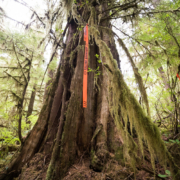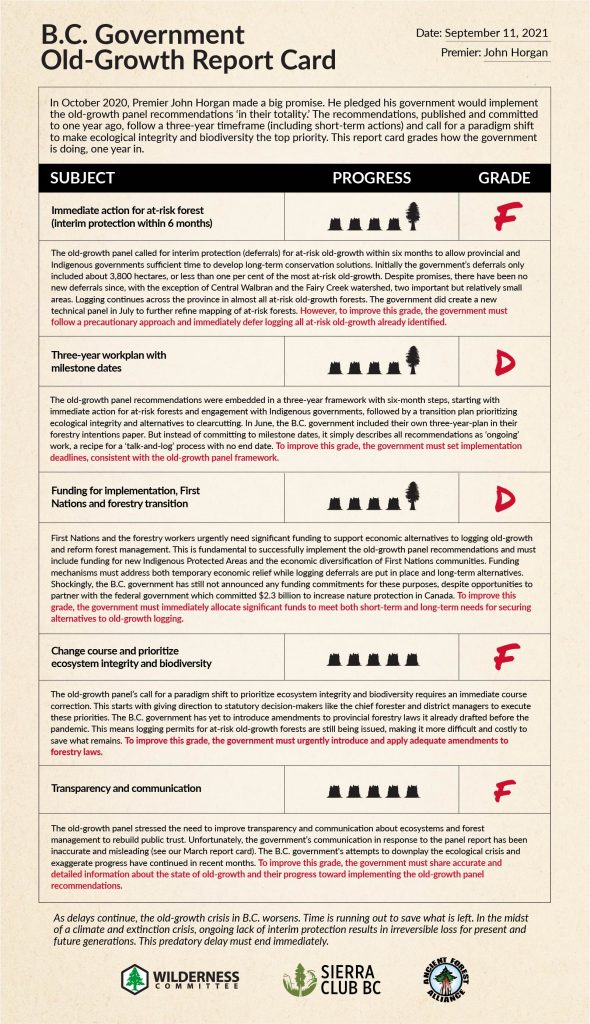Major Old-Growth Logging Deferrals on Mosaic’s Private Lands on Vancouver Island and Haida Gwaii
The largest private landowner in British Columbia, Mosaic Forest Management, is moving to defer 40,000 hectares (400 square kilometers) of old-growth and older second-growth stands from logging on their private lands for the next 25 years, via a carbon credit program. The lands are mainly located on southeastern Vancouver Island, with a few scattered stands on other parts of Vancouver Island and Haida Gwaii.
These lands include dozens of hard-fought, contentious old-growth and mature forests on Vancouver Island and elsewhere that conservationists have been working to protect, including: the McLaughlin Ridge, Cameron Valley Firebreak, Cathedral Grove Canyon, lands adjacent to MacMillan Provincial Park (Cathedral Grove) and Little Qualicum Falls Provincial Park near Port Alberni; key ancient spruce stands in the Lower Gordon Valley and San Juan Valleys near Port Renfrew; the slope above the town of Youbou by Cowichan Lake, including Mount Holmes; old-growth along the Sooke River; and hundreds of other stands.
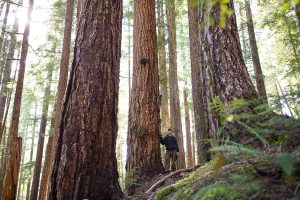 The company’s BigCoast Carbon Credits program will set aside the stands via a carbon credits program which will be certified under the Verified Carbon Standard. The company is expecting several hundred million dollars in carbon offsets funding over the next 25 years that will be equivalent to or exceed what their logging revenues would’ve been from logging these stands.
The company’s BigCoast Carbon Credits program will set aside the stands via a carbon credits program which will be certified under the Verified Carbon Standard. The company is expecting several hundred million dollars in carbon offsets funding over the next 25 years that will be equivalent to or exceed what their logging revenues would’ve been from logging these stands.
Currently, First Nations in the Great Bear Rainforest on BC’s Central and North Coasts and in Haida Gwaii groups are using carbon credits to fund important local jobs for their members in stewardship and conservation and to fund sustainable economic development initiatives, while ensuring the highest levels of forest conservation in Canada. Across BC, First Nations in British Columbia are increasingly looking at carbon offsets as a means to fund old-growth logging deferrals, in order to provide key financial support that would enable them to forgo their old-growth logging rights on their unceded territories.
Carbon offsets have been criticized over various loopholes, including “saving” forests that were already off-limits to logging through environmental regulations or de facto restrictions (ie. forests that were not going to be logged anyway), and for replacing native forests with fast-growing non-native tree plantations (neither of these criticisms applies to the stated approach of Mosaic’s BigCoast Forest Climate Initiative, which is retaining forests that could normally be logged).
Mosaic Forest Management manages the private lands of logging giants TimberWest and Island Timberlands – almost 600,000 hectares across Vancouver Island, Haida Gwaii, and the Sunshine Coast. The Vancouver Island lands, for the most part, were a part of the original E&N Land Grant in 1905 when the BC government gave away about 25% of Vancouver Island’s land area in the unceded territories of the Coast Salish, Nuu-chah-Nulth and Kwakwaka’wakw First Nations to the Canadian Pacific Railway Company, which subsequently was sold over the ensuing century to various timber companies and private landowners.
 Old-growth forests have unique characteristics not found in the ensuing second-growth tree plantations that they are being replaced with, and which are re-logged every 50 to 60 years on BC’s coast – never to become old-growth again. Old-growth forests are vital to support endangered species, the multi-billion dollar tourism industry, the climate, clean water, wild salmon, and First Nations cultures. Well over 90% of the high productivity old-growth forests with the biggest trees and over 80% of the medium productivity old-growth forests have been logged.
Old-growth forests have unique characteristics not found in the ensuing second-growth tree plantations that they are being replaced with, and which are re-logged every 50 to 60 years on BC’s coast – never to become old-growth again. Old-growth forests are vital to support endangered species, the multi-billion dollar tourism industry, the climate, clean water, wild salmon, and First Nations cultures. Well over 90% of the high productivity old-growth forests with the biggest trees and over 80% of the medium productivity old-growth forests have been logged.
The BC government has opened the door to a major policy overhaul in old-growth forest management, hiring a science team to identify 2.6 million hectares of the most at-risk old-growth forests for potential logging deferrals, pending First Nations consent. The province has put forward $185 million over the next three years to help finance this transition, of which perhaps half would go to First Nations – about one-third of the $300 million that the province must provide – to match the roughly $300 million that the federal government is making available to expand protected areas in BC (including old-growth forests). The BC government has not provided any dedicated funds for private land acquisition, which is needed to buy old-growth forests for new protected areas on private lands such as these Mosaic lands. In addition, the BC government has not yet embraced Canada’s national protected areas targets of 25% by 2025 and 30% by 2030 of the land and marine areas in the country.
Quotes:
“Mosaic has taken an innovative approach to keep some of the rarest and most significant old-growth forests standing for the next 25 years. I’ve hiked, mapped and identified most of these areas for the BC government for their wildlife values for decades, and after decades of seeing one area after another fall, I am feeling positive about this announcement. However, we still need more info through their 30-day consultation process, and I would encourage the company to include additional areas of older forests with high recreational values, like Cold Creek watershed and Candy Store, into their deferral areas via their carbon credits program,” stated Mike Stini, a wildlife specialist in Port Alberni.
“I have a huge sigh of relief for many of my favourite old-growth forests and hiking areas. These are some of the most beautiful places on Earth that so many people in Port Alberni have fought to protect for years, including parts of the China Creek watershed where we get our drinking water from, critical deer and elk wintering range, and habitat for endangered species like the Northern Goshawk. Mosaic’s plan includes many, but not all, of the areas of importance. It is a big step forward,” stated Jane Morden, coordinator of the Port Alberni Watershed-Forest Alliance.
“We’ve fought hard for decades to keep dozens of these old-growth forests on Mosaic lands from being logged. Now, these long-term deferrals via their carbon credits program will buy vital time – 25 years to be precise – to keep these old forests standing until they can hopefully be purchased and permanently protected in legislation. It appears that Mosaic is taking an important step forward to keep some of the very rarest and most endangered old-growth forest types standing, whose last remnants are heavily concentrated on eastern Vancouver Island, and they should be commended for this if it pans out. However, private carbon offset agreements between companies are not a conservation substitute for public protected areas, like Indigenous Protected Areas/ provincial conservancies, parks and ecological reserves, in terms of their protection and management standards, their permanency, and public access. But this arrangement will provide significant breathing room so that funds can be procured by conservation groups and/or levels of government, including First Nations, whose unceded territories these privatized lands are and who may want to protect these lands as Indigenous Protected Areas,” stated Ken Wu, Executive Director of the Endangered Ecosystems Alliance.
“I’ve hiked, photographed, and filmed dozens of these exceptionally rare and beautiful old-growth forests – the giant Douglas-firs at the Cameron Firebreak, Cathedral Grove Canyon, McLaughlin Ridge, and Horne Mountain, the ancient Sitka spruce in the San Juan Valley and the Lower Gordon River Valley, and many other areas when they were on the verge of being logged or were being logged. We’ve lost a lot of important old-growth on Mosaic lands over the years but this new initiative brings a vital pause for the remaining stands while we continue to secure a permanent legislated solution via potential Indigenous Protected Areas and other initiatives. For now, the 25-year deferral period lets us and many others breathe a huge sigh of relief that these incredible forests won’t be cut,” stated TJ Watt, Ancient Forest Alliance co-founder and photographer.
“Old-growth forests are ecologically important for a whole host of reasons, and recent inventories suggest that BC’s remaining old-growth forests are critically imperilled. Mosaic’s BigCoast Forest Climate Initiative represents a progressive new approach to forest management on private lands in BC. It’s an excellent example of how innovative thinking can lead to new strategies that will yield multiple benefits (social, economic and environmental) from not logging our forests,” said Andy MacKinnon, forest ecologist and Endangered Ecosystems Alliance science advisor.
-30-




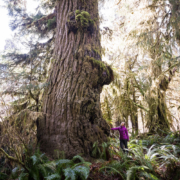
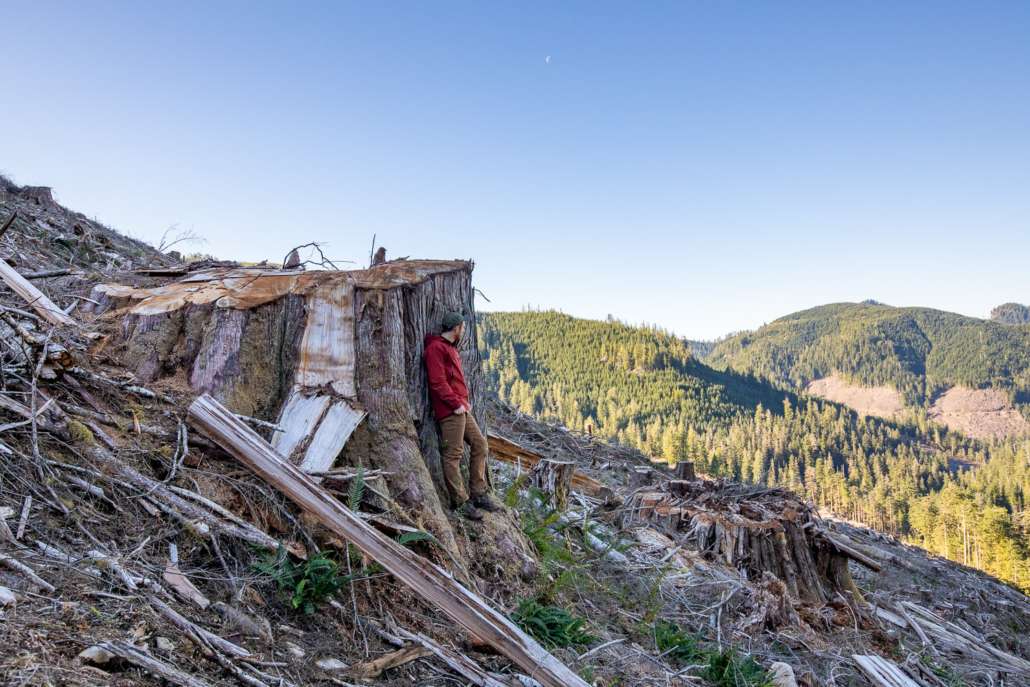
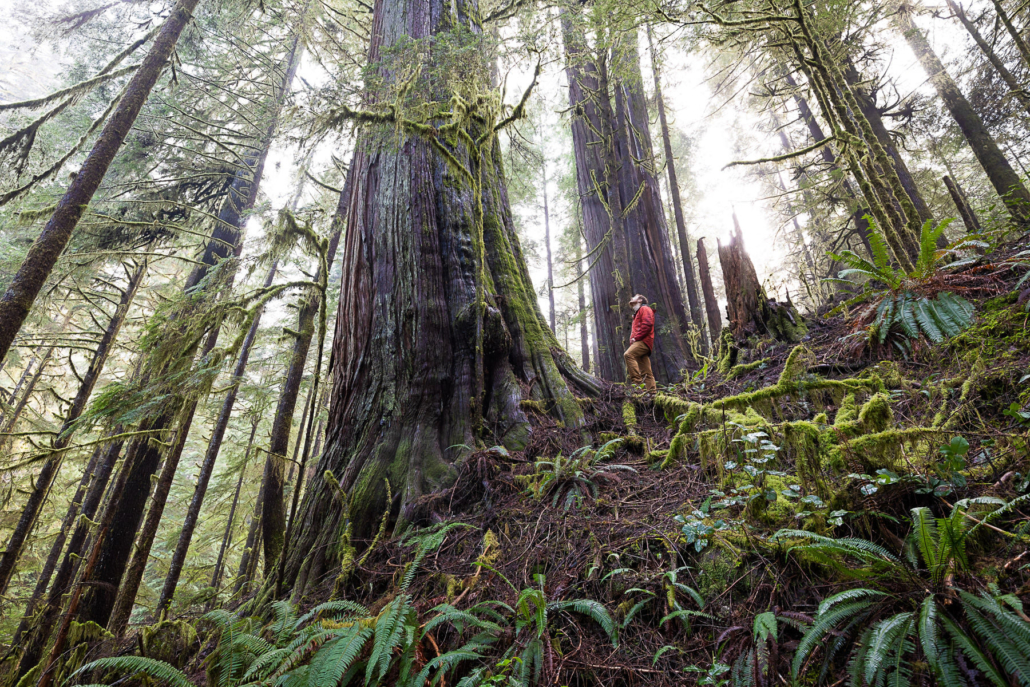
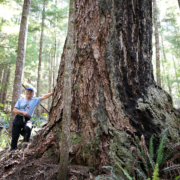


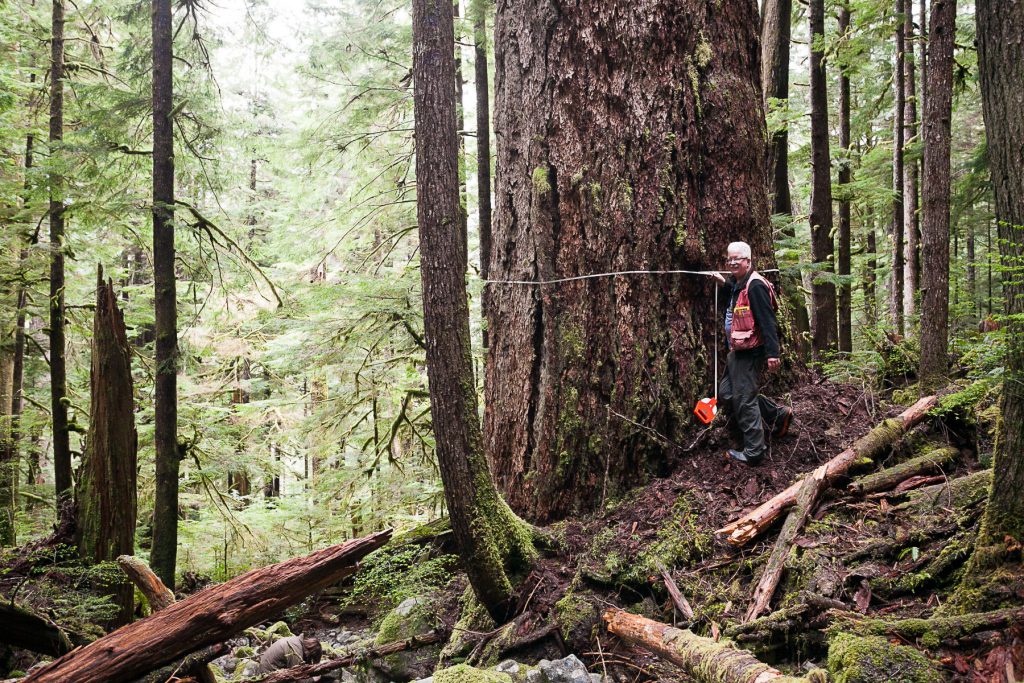

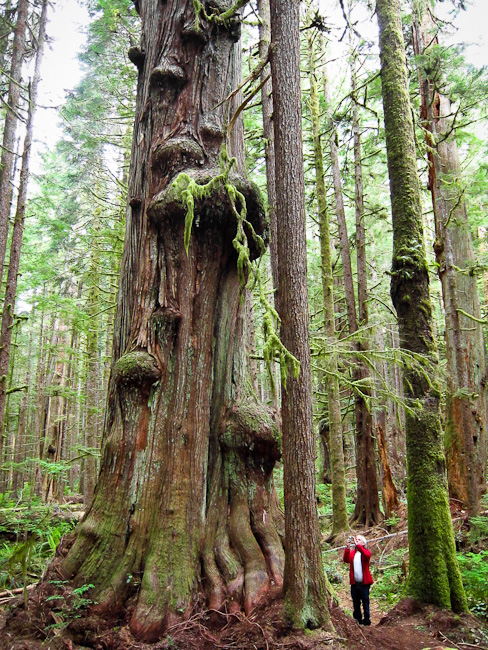

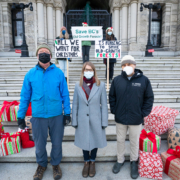



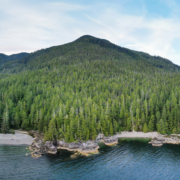


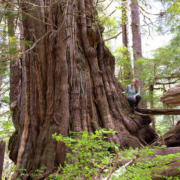


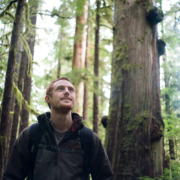
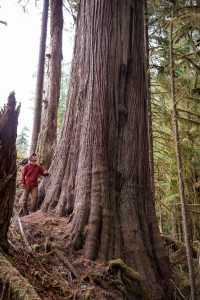 “Seeing before & after images of some of the largest trees in earth’s history turned into massive stumps contrasts the grandeur and destruction of these spectacular ecosystems,‘’ stated Watt. “The province and industry claim they’re practicing ‘sustainable’ forestry, but when 500-1000-year-old trees are being cut down on an industrial scale, the situation is pretty clearcut: this is not sustainable.”
“Seeing before & after images of some of the largest trees in earth’s history turned into massive stumps contrasts the grandeur and destruction of these spectacular ecosystems,‘’ stated Watt. “The province and industry claim they’re practicing ‘sustainable’ forestry, but when 500-1000-year-old trees are being cut down on an industrial scale, the situation is pretty clearcut: this is not sustainable.”